Bear hunter, murderess, PBC founders: Colorful characters at West Palm Beach Cemetery
- Oops!Something went wrong.Please try again later.
The city of West Palm Beach is offering free tours of its historic cemetery, Woodlawn, once a month throughout the season.
Learn the stories of Palm Beach County’s pioneers and many of the colorful characters who have graced the area. The tours are not meant to be spooky.
The walking tours are 90 minutes long and are scheduled for Tuesday, March 26 and Tuesday, April 23. Tickets for the next month's tour cannot be obtained until 24 hours after each tour ends.
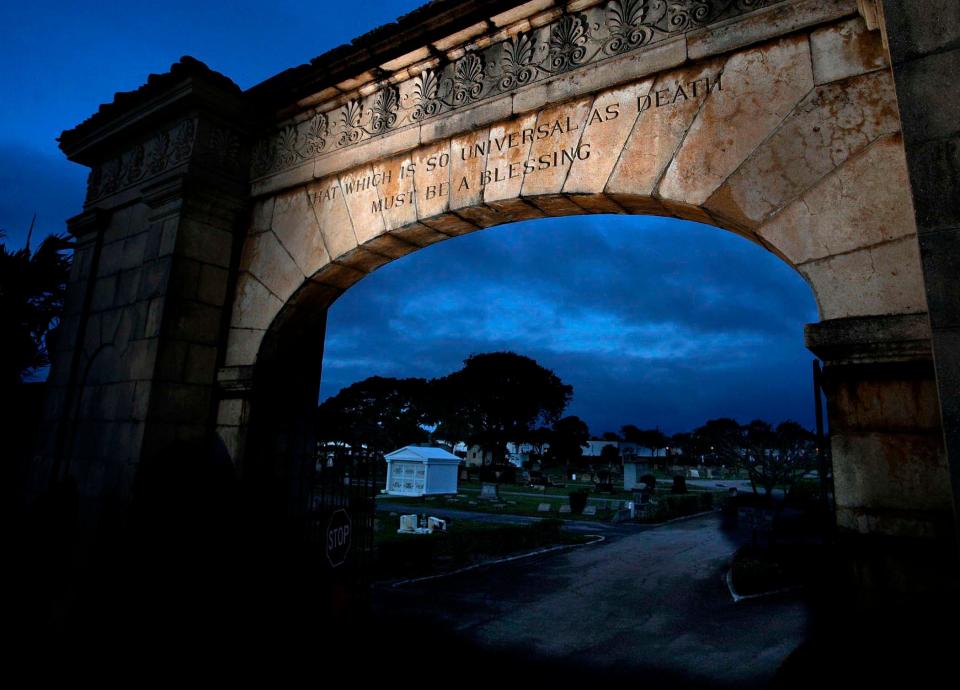
The tours are limited to 50 guests. A $5 donation is appreciated.
To make reservations, call 561-804-4900 or register on eventbrite.
Here are some of people buried there:
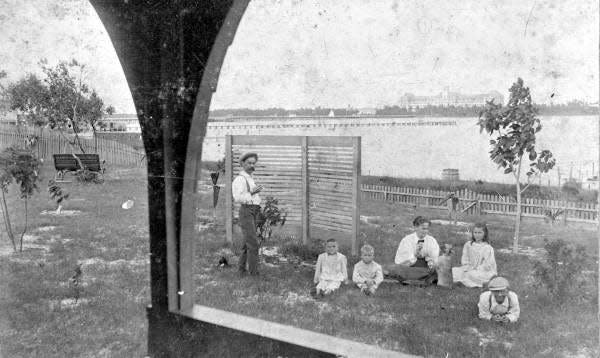
Early grocers, one of Palm Beach County's founders
Louis W. (1855-1941) and Henry J. Burkhardt (1889-1976) and several members of their family settled in the area in the early 1890s and started many businesses in West Palm Beach.
With his brother Henry, Louis Burkhardt ran a lunch stand on Palm Beach on the site of Henry Flagler's Whitehall, according to the Palm Beach County Historical Society. But Flagler didn't want their business there, so they took their grocery to West Palm Beach, naming it Pioneer Grocery at 207 Clematis St. on Feb. 1, 1893. It stood about where Lynora’s Italian restaurant is now.
One day in 1906, newspaper publisher Guy Metcalf remarked to Louis Burkhardt that he thought Dade County, which at the time encompassed all of what is now Palm Beach County, was too big and that "we ought to have a county of our own." Burkhardt agreed and vowed to do something about it, according to the Historical Society of Palm Beach County.
Burkhardt formed an eight-man committee called the County Division Movement. They agreed not to challenge the fact that the southern part of the county wanted to be "dry" when it came to drinking alcohol and the northern didn't mind being "wet."
The first attempt in the Legislature died in April 1907, but then they enlisted Rep. George O. Butler, who represented Dade County, to push it at the next legislative session in 1909. The effort succeeded and Palm Beach County came into being on July 1, 1909.
More: Before Publix: The lost, forgotten history of local grocery stores
The legislator known as the father of Palm Beach County
George O. Butler (1866-1974): A native of New Hampshire, George O. Butler came to Florida in his teens. He worked for Orange and Lake counties as an engineer and surveyor before he moved to Dade County to do the same thing, where he did the first survey of Miami Beach.
He was elected the first legislator from Palm Beach County in 1911, and his first priority in Tallahassee that year was forming another new county, Pinellas. Butler was also instrumental in Tallahassee in forming the 15th Judicial Circuit, Palm Beach County's court district today.
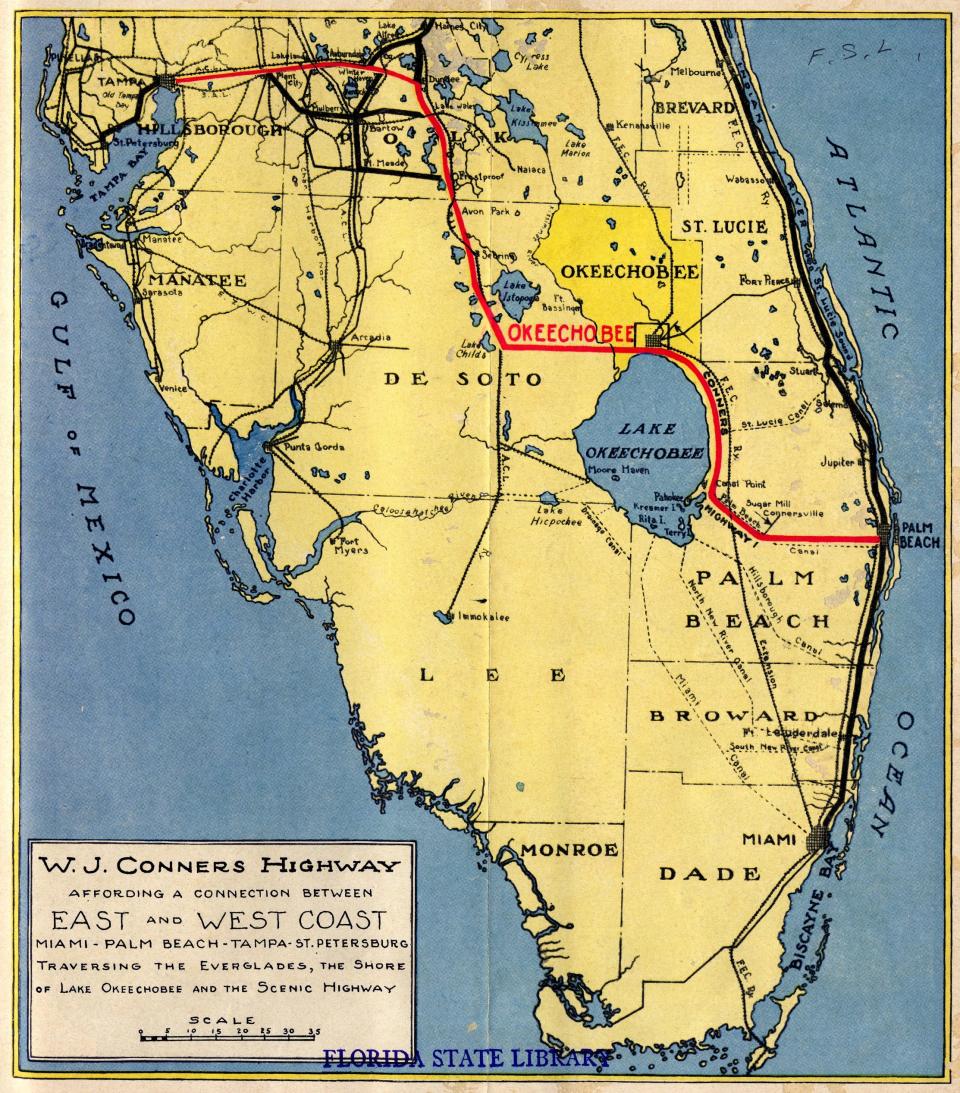
Butler also helped build Connors Highway, a complete east-west route in Florida between the Gulf of Mexico and the Atlantic Ocean. Today, it is Southern Boulevard from former President Donald Trump's Mar-a-Lago in Palm Beach to 20-Mile Bend toward the Glades where it veers north as U.S. 98, which runs through the Panhandle to the state line.
More: What happened to the lost ghost towns of Palm Beach County?
Palm Beach County's first naturalized citizen and daughter of Boynton Beach founder
Albert Parker (1872-1935) and Anna Boynton Parker (1865-1942): Albert managed the Boynton Hotel for many years on the ocean. Parker also was once a West Palm Beach city manager and the county's first naturalized citizen. He hailed from England and immigrated here in 1886. Parker was made a citizen the day Palm Beach County formed from Dade County.
More: Boynton historians: Lost photo album would be the “find of the century”
Anna was the daughter of Nathan S. Boynton for whom Boynton Beach is named. Boynton, a Civil War major, came from Michigan in 1894 in his 60s for warmer weather and a place to build a hotel. He found both along the beachfront, building a two-story wooden hotel., which his son-in-law later managed.
More: 7 things you may not know about Boynton: Home to one of NFL's best quarterbacks, more celebrities
Empty graves for an esteemed judge and his wife
Curtis (1896-1955) and Marjorie (1898-1955) Chillingworth: Two empty graves sit in the cemetery — for Circuit Judge Curtis Eugene Chillingworth and his wife, Marjorie, who died in June 1955 in what is still considered Palm Beach County's Crime of the Century.
Born into a pioneer family, Curtis E. Chillingworth became the youngest circuit judge in Florida history when he was appointed in 1922 at age 26. He was a Navy veteran, serving in both world wars. He also sat as a substitute justice on the Florida Supreme Court. His wife was the former Marjorie McKinley, a Cornell University student when they married, and a member of another prominent family in West Palm Beach.
They were last seen at a dinner with friends in West Palm Beach on June 14. The next morning, a carpenter, hired to build a playground for the Chillingworths' grandchildren, found the door open and the Manalapan bungalow empty. Left behind was a trail of blood on the steps to the ocean across the street from the house.
In 1955, a county judge, Joseph Peel, fearful Chillingworth would disbar him for his handling of a divorce case, hired two henchmen, Bobby Lincoln and Floyd “Lucky” Holzapfel, to kidnap the couple, take them 2 miles out to sea, weigh them down with lead belts and push them overboard. They were never found.
Later, the killers spilled. Here's what they said happened:
“Ladies first,” Holzapfel said, while pushing Marjorie, 57, overboard.
The judge, 58, told his wife: “Honey, remember, I love you.”
She replied: “I love you, too.”
Curtis Chillingworth, though weighed by a 25-pound anchor tied to his neck, kept his head above water. He tried to swim to where his wife had gone down until the killers pounded his head with the stock of a shotgun and he sank to the depths.
Their bodies were never found, so their graves sit empty at Woodlawn.
More: The crime of the century (like it's never been heard before)
The murderous postmistress who claimed she was Cleopatra's friend
Lena Marietta Thankful Clarke (1886-1967): A postmistress in West Palm Beach, Clarke in 1921 admitted to police that she shot to death Fred Miltimore, her former assistant and married lover, who apparently was going to implicate her in a $32,000 theft at the post office.
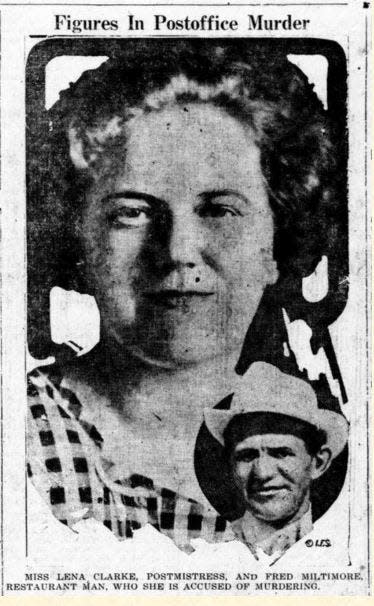
At her trial, she testified that she was present at the Creation (Adam and Eve blocked her from leaving), she became the goddess Isis and was a pal of Cleopatra. Two psychiatrists (known as alienists then) said she was insane. One said she was a psychopath but knew what she was doing. The jury went with the two and acquitted her by reason of insanity.
She spent less than a year at the Florida State Hospital for the criminally insane and returned to West Palm, living with her sister on what is now Dixie Highway and doing work for the Red Cross. She died at age 81 in 1967.
More: Florida history: The story of West Palm Beach’s murderous postmistress
The Christmas gift of death
J. Paul Clarke (1880-1920), Lena's brother, was an adventurer and West Palm Beach's postmaster before Lena. He served in the post office for 22 years.
As a well-known taxidermist, Clarke brought specimens from all parts of the United States and Europe. His specialties were fish, alligators and snakes.
Clarke was fatally bitten on the tongue Dec. 24, 1920, by his Christmas gift, a harlequin coral snake. Clarke, who famously never paid attention to snake wounds, went into a coma and died on Christmas Day.
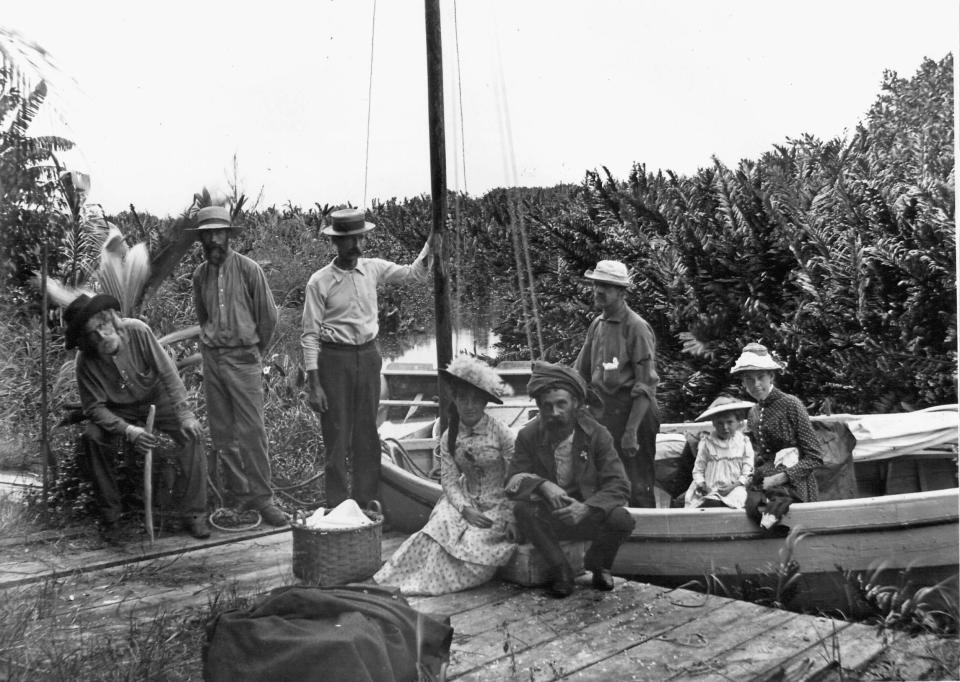
Pioneers — bear shooter, 118-year-old West Palm business
William M. Lanehart (1841-1924): a carpenter, came to Lake Worth in 1873.
In March 1875, Lanehart built a palmetto shack with a well, which attracted bears. The first winter, he is said to have shot 13.
Lanehart claimed to have been the first one to spot the ship Providencia in January 1878, which ran aground on what is now Palm Beach and had 20,000 coconuts aboard — thought to be the seeds of the area's palm trees. He eventually bought the ship from the insurance company for $20.80.
More: Post Time: Why Alternative A1A? More about the Providencia
George W. Lainhart (1849-1930), William's younger brother, arrived later. George and William not only spelled their last names differently, but Will was a Republican and George a Democrat.
George Lainhart in the early 1890s was trying his hand at building on Palm Beach. He had already helped construct Col. E.R. Bradey's casino when oil magnate Henry Flagler came to town. Lainhart had built an estate for a Mr. McCormick, which was later sold to Flagler.
George W. Potter (1852-1924) and Richard Potter (1845-1909) came to South Florida in 1873 to improve George's asthma.
George W. Lainhart and George W. Potter teamed to form Lainhart & Potter, a lumber company, on the advice and with the financial help of Bradley. The business was to take advantage of numerous Florida building booms, becoming one of the county’s oldest businesses and family-owned until it was sold in 2012. Together they built Flagler's Royal Poinciana Hotel.
Richard was the area’s first doctor; his sister, Ellen Potter (1842-1924) donated the land where Dreyfoos School of the Arts stands.
Finally, graves of Black residents are allowed
William M. Holland (1922-2002): Attorney William Holland in 1956 had started the battle to integrate Palm Beach County schools when he filed a lawsuit after his 6-year-old son was refused entry at the door to Northboro Elementary School.
More: West Palm Beach’s Woodlawn Cemetery integrated 50 years ago
Holland along with Louise Buie of the local NAACP chapter and two others in January 1966 deposited $625 for five plots in Woodlawn.
The next month the West Palm Beach City Commission voted to integrate the cemetery despite advice from the city attorney that it would be struck down in court.
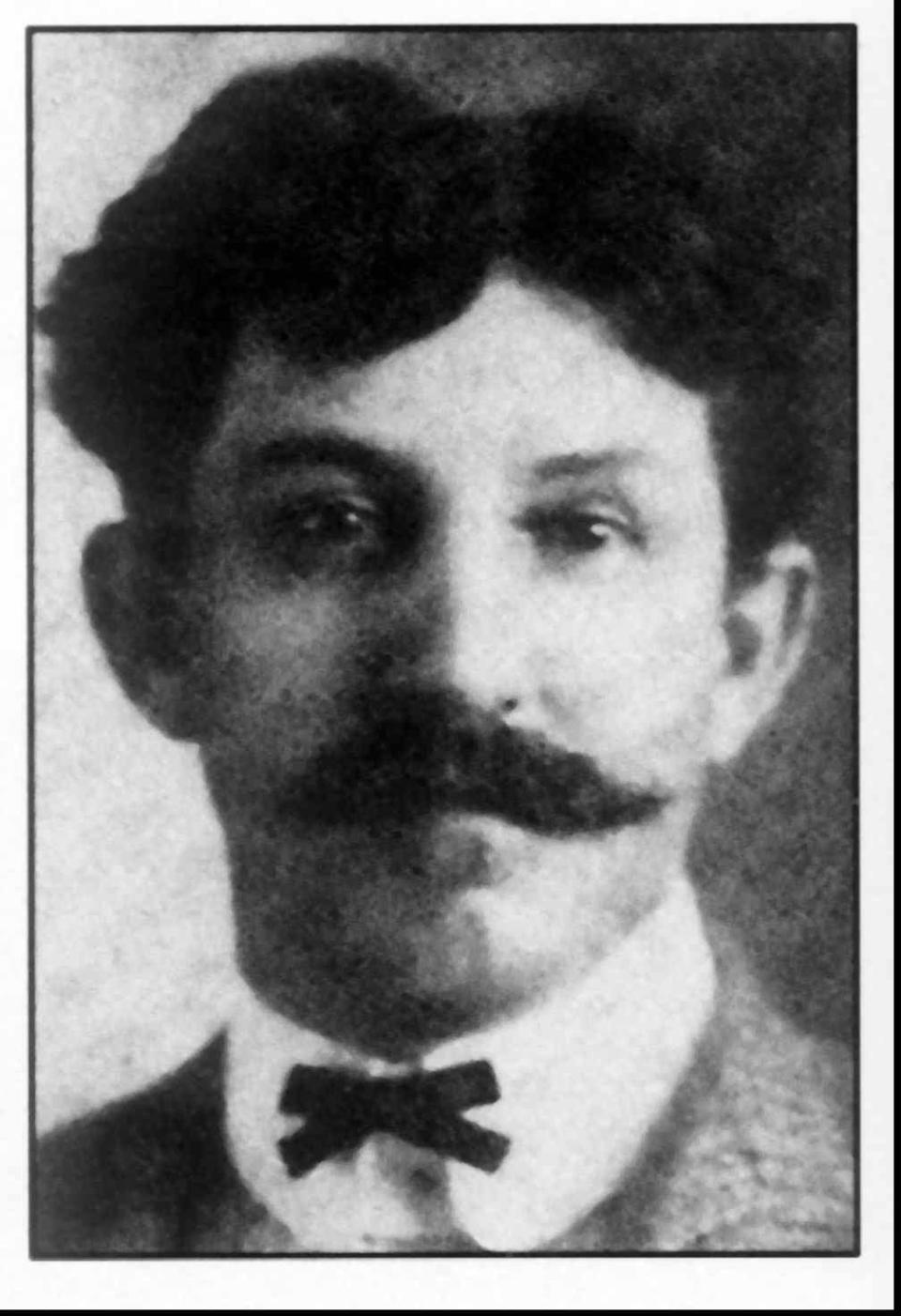
First newspaper's publisher, schools superintendent, county founder but facing arrest, he took his own life
Guy Metcalf (1866-1918): He founded the region’s first newspaper, the Indian River News — later Tropical Sun — in 1887. He was instrumental in splitting off the area from Dade County to form Palm Beach County in 1909 and was its first school superintendent.
In 1918, facing arrest on embezzlement charges over a bill for $333.49 for science equipment, Metcalif shot and killed himself at age 52.
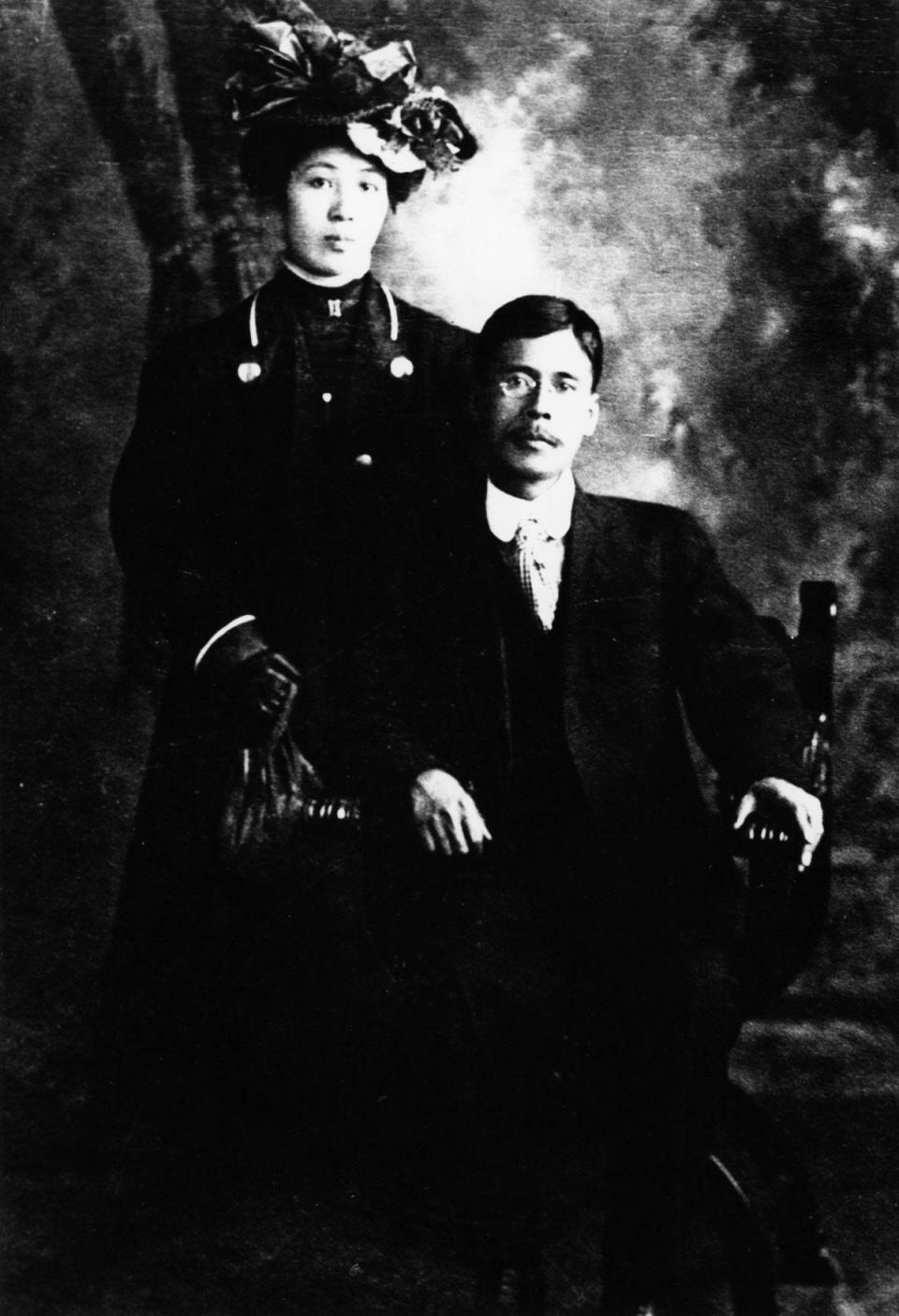
Japanese settlers in the Yamato Colony in Boca Raton
Jo Sakai (1875-1923): He was the founder of Yamato Colony settlers of Boca Raton’s early 20th century effort to bring Japanese workers to grow pineapples.
The Yamato Colony began in 1905. Yamato was the ancient name for Japan. The settlers, who came from the island nation because of a lack of land, grew pineapples and winter vegetables.
More: Infrared camera offers fresh views of 40-year-old Morikami Japanese Gardens near Delray
By World War II, few of the Japanese settlers remained. In 1942, not long after the Pearl Harbor attack when anti-Japanese sentiments were at a peak, the federal government confiscated their land — about 6,000 acres — to create an Army Air Corps training base, ending the Yamato Colony.
Situated on the site today is the Boca Raton Airport and Florida Atlantic University. A former Yamato Colony settler, George Morikami, farmed in Delray Beach until the 1970s. He eventually donated his land, which is today preserved as the Morikami Museum and Gardens.
What about Henry Flagler's grave?
Henry Flagler (1830-1913): Standard Oil magnate Henry Flagler founded Woodlawn on 17 acres of former pineapple fields, naming it for a cemetery in New York. It was dedicated March 20, 1905.
More: A titanic legacy: Exhibit explores life of Henry Flagler
When town fathers of West Palm Beach, the city he had established, threatened to incorporate Palm Beach behind his back, an enraged Flagler withdrew his wish to be buried in the large circle that still stands empty in the center of the cemetery.
Flagler in March 1913 fell down marble steps at Whitehall. He never recovered and died in May of his injuries. On the day of his funeral at 3 p.m., every engine of the Florida East Coast Railway, which Flagler owned, stopped where it was for 10 minutes in tribute.
The Flagler family is buried in St. Augustine.
Holly Baltz is a content editor at The Palm Beach Post. You can reach her at hbaltz@pbpost.com.
This article originally appeared on Palm Beach Post: West Palm Beach historic cemetery: Colorful lives of those buried there

